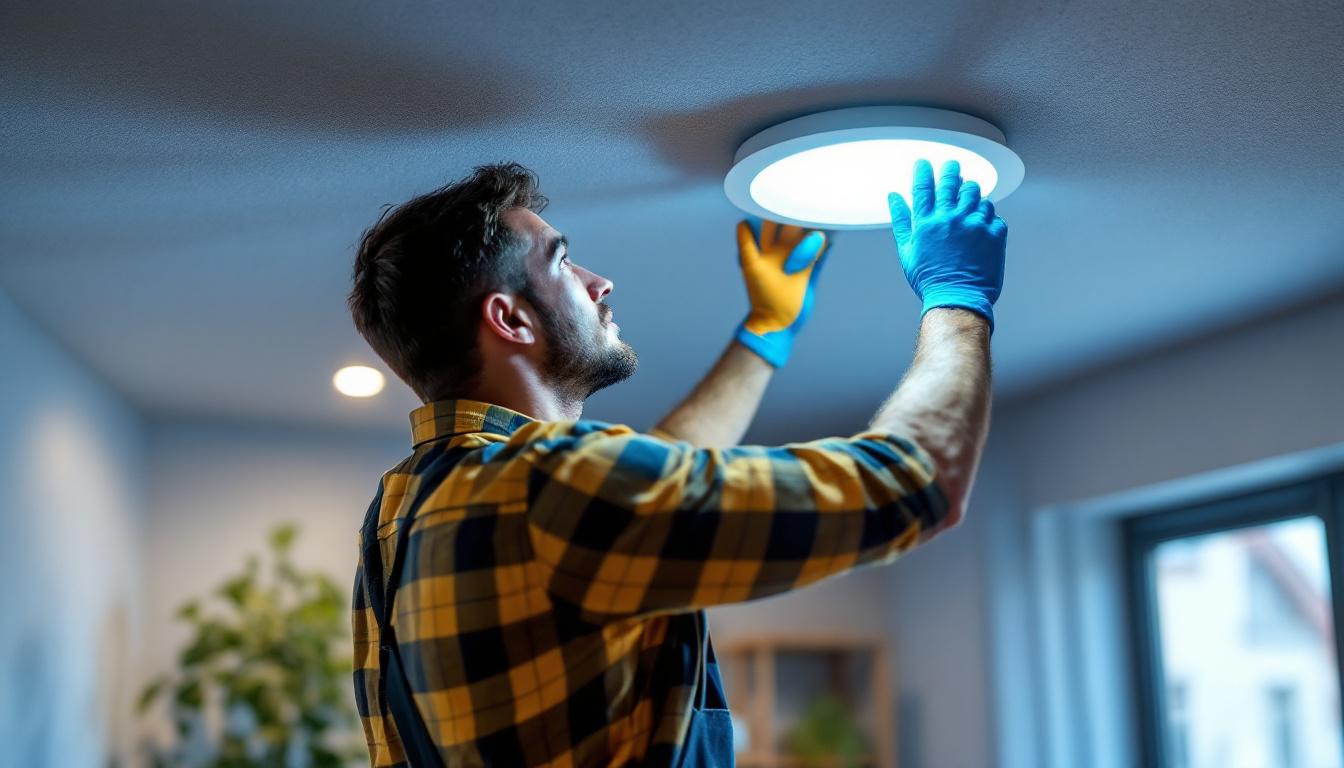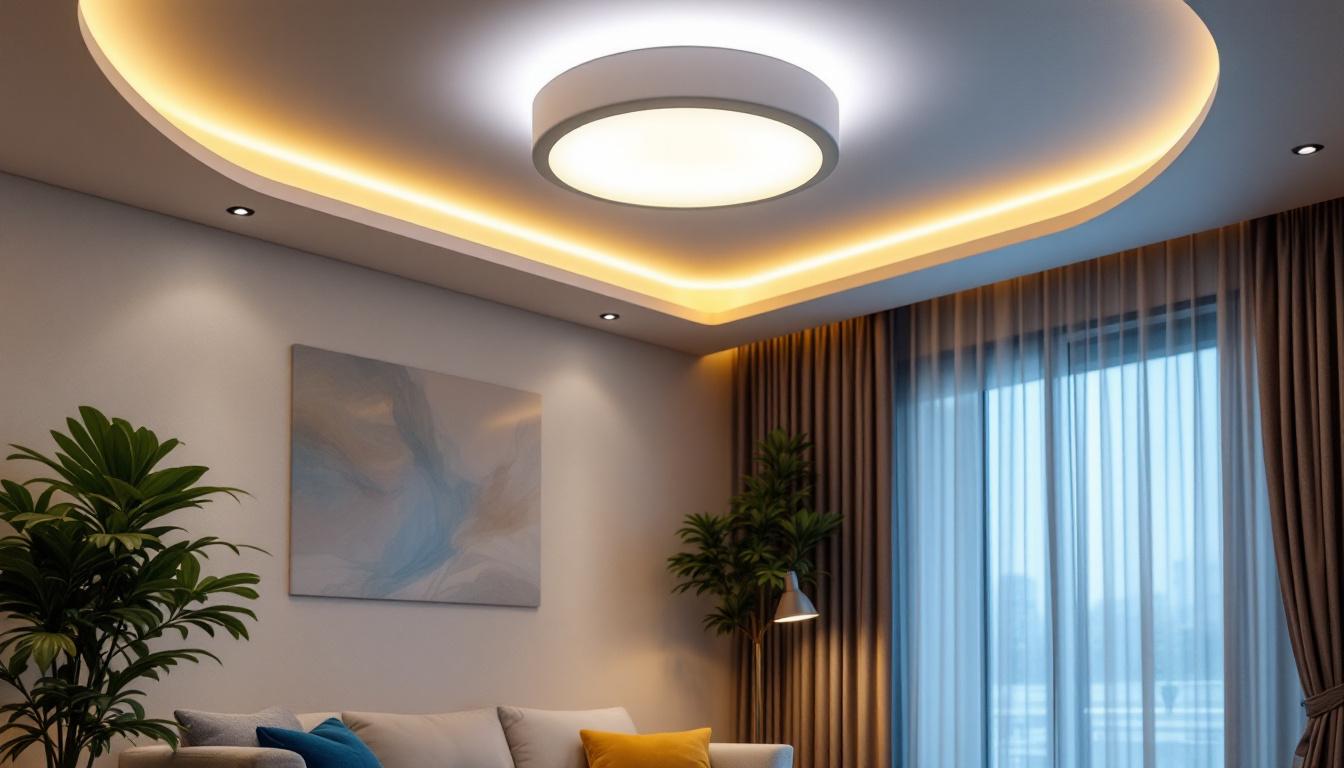
As the demand for underwater lighting solutions continues to grow, lighting contractors are increasingly faced with the challenge of ensuring reliable and safe electrical connections in aquatic environments. Underwater electrical connectors play a crucial role in this process, providing the necessary link between power sources and lighting fixtures submerged in water. This guide aims to equip lighting contractors with essential knowledge about underwater electrical connectors, their types, applications, and best practices for installation.
Underwater electrical connectors are specialized devices designed to create secure and watertight connections for electrical cables in submerged applications. These connectors are engineered to withstand the unique challenges posed by underwater environments, including pressure, corrosion, and exposure to various chemicals. The design and functionality of these connectors are critical, as they not only ensure the safety and reliability of electrical systems but also prevent water ingress that could lead to short circuits or equipment failure.
In the world of underwater lighting, these connectors are vital for ensuring that fixtures remain operational and safe, especially in settings like fountains, pools, and underwater landscapes. The right choice of connector can significantly impact the longevity and performance of lighting installations. Moreover, advancements in technology have led to the development of connectors that are not only robust but also feature built-in monitoring systems, allowing for real-time diagnostics and maintenance alerts, which can be a game-changer in managing underwater electrical systems.
When selecting underwater electrical connectors, several key features should be considered:
There are several types of underwater electrical connectors, each suited to specific applications:
In addition to these common types, there are also specialized connectors designed for specific industries, such as underwater robotics and marine research. These connectors often incorporate advanced features like integrated strain relief and locking mechanisms to ensure that they remain secure even in turbulent underwater conditions. Furthermore, as the demand for underwater technology continues to grow, manufacturers are increasingly focusing on innovation, leading to the development of connectors that can handle higher voltages and currents, thus expanding their applicability in various fields.
Underwater electrical connectors find applications in various sectors, including residential, commercial, and industrial settings. Understanding these applications can help lighting contractors make informed decisions when specifying products for their projects.
In residential settings, underwater lighting is commonly used in pools, spas, and decorative water features. Connectors in these applications must be reliable and safe, ensuring that homeowners can enjoy their outdoor spaces without concern for electrical hazards.
Lighting contractors should prioritize connectors that offer easy installation and maintenance, as homeowners often desire flexibility in their lighting arrangements. Additionally, aesthetic considerations may influence the choice of connectors, as they should blend seamlessly with the overall design of the space. For instance, connectors that are designed to be low-profile can help maintain the visual appeal of a tranquil pool environment, allowing the lighting to take center stage without distraction from bulky hardware.
Moreover, the integration of smart technology into residential underwater lighting systems is becoming increasingly popular. Homeowners are now looking for connectors that can support advanced features such as remote control and programmable lighting schedules. This trend not only enhances the functionality of outdoor spaces but also adds an element of luxury, making it essential for contractors to stay updated on the latest innovations in connector technology.
Commercial installations, such as fountains in public parks or illumination in aquariums, require connectors that can withstand heavy use and environmental exposure. These connectors must not only be durable but also maintain a high level of performance over time.
In these settings, it is essential to consider the frequency of maintenance and potential for vandalism. Selecting robust connectors that can endure harsh conditions while remaining accessible for repairs is paramount for successful installations. Additionally, the choice of materials used in these connectors can significantly impact their longevity; corrosion-resistant materials are often preferred to combat the effects of chlorinated water or saltwater environments.
Furthermore, the aesthetic aspect of commercial lighting cannot be overlooked. Connectors that allow for seamless integration with various lighting fixtures can enhance the overall visual impact of public installations. For example, connectors that can be easily concealed or designed to match the surrounding architecture can create a more cohesive and inviting atmosphere, encouraging community engagement and enjoyment of these public spaces.
In industrial environments, underwater electrical connectors are often used in applications such as underwater welding, marine research, and offshore drilling. These connectors must meet stringent safety and performance standards due to the extreme conditions they may encounter.
Contractors working in these sectors should focus on connectors that offer superior pressure resistance and enhanced durability. Additionally, connectors may need to be compatible with specialized equipment, requiring careful selection to ensure functionality. For instance, connectors used in underwater robotics must not only withstand high pressures but also enable reliable data transmission, which is critical for the operation of remotely operated vehicles (ROVs) and other underwater technologies.
Moreover, the rapid advancements in underwater technology are pushing the boundaries of what is possible in industrial applications. As industries increasingly turn to automation and remote monitoring, the demand for connectors that can support high-speed data transfer and robust power delivery is on the rise. This shift necessitates a thorough understanding of the specific requirements of each application, as well as ongoing collaboration with manufacturers to develop connectors that meet evolving industry standards and challenges.
Proper installation of underwater electrical connectors is critical to ensuring the safety and reliability of underwater lighting systems. Following best practices can help lighting contractors avoid common pitfalls and enhance the longevity of their installations.
Before installation, thorough planning is essential. Contractors should assess the specific requirements of the project, including the depth of water, expected pressure, and environmental factors. This information will guide the selection of appropriate connectors and installation techniques.
Additionally, it is advisable to create a detailed installation plan that outlines the steps involved, including cable routing, connector placement, and sealing methods. This proactive approach can help streamline the installation process and minimize errors.
One of the most critical aspects of installing underwater connectors is ensuring a watertight seal. Contractors should use appropriate sealing methods, such as silicone sealants or O-rings, to prevent water ingress. It is crucial to follow the manufacturer’s recommendations for sealing techniques to maintain the integrity of the connection.
Furthermore, protecting connectors from physical damage is essential. Using protective covers or enclosures can help shield connectors from debris and impacts, especially in high-traffic areas or locations prone to disturbances.
Even the most robust underwater electrical connectors require regular maintenance and inspection to ensure optimal performance. Lighting contractors should establish a routine maintenance schedule to check for signs of wear, corrosion, or damage.
During inspections, it is essential to verify that seals remain intact and that connectors are free from debris. Any issues should be addressed promptly to prevent more significant problems down the line. Keeping records of maintenance activities can also help contractors track the performance of their installations over time.
Selecting a reliable supplier for underwater electrical connectors is crucial for ensuring quality and performance. Contractors should consider several factors when evaluating potential suppliers.
It is essential to choose suppliers that adhere to strict quality control standards. High-quality connectors will provide better performance and longevity, reducing the likelihood of failures and costly repairs.
Contractors should look for suppliers that offer certifications or warranties for their products, as this can be an indicator of reliability and commitment to quality.
Having access to technical support and resources can significantly benefit lighting contractors. Suppliers that provide comprehensive product documentation, installation guides, and responsive customer service can help contractors navigate challenges during installations.
Additionally, suppliers that offer training or workshops on the proper use of their products can enhance a contractor’s knowledge and confidence in using underwater electrical connectors.
While cost is an important factor, it should not be the sole determinant when selecting underwater electrical connectors. Contractors should weigh the initial investment against the long-term benefits of quality connectors, including reduced maintenance costs and improved performance.
It is advisable to obtain quotes from multiple suppliers and compare them based on quality, features, and support. This approach can help contractors make informed decisions that align with their project budgets and requirements.
Underwater electrical connectors are essential components for lighting contractors involved in aquatic installations. Understanding their features, applications, and best practices for installation can significantly enhance the safety and reliability of underwater lighting systems.
By choosing the right connectors and suppliers, contractors can ensure that their projects meet the highest standards of quality and performance. As the demand for innovative underwater lighting solutions continues to grow, staying informed about the latest advancements in underwater electrical connectors will empower lighting contractors to excel in their field.
Ultimately, investing time and resources into understanding and implementing the best practices for underwater electrical connectors will lead to successful installations that delight clients and enhance the beauty of aquatic environments.
Ready to elevate your underwater lighting installations with connectors that promise safety, reliability, and performance? Look no further than LumenWholesale for a comprehensive range of spec-grade lighting products at unbeatable wholesale prices. Our selection meets the highest industry standards, ensuring you get the most reliable lighting solutions for your aquatic projects. With free shipping on bulk orders, you can trust that you’re getting premium quality without hidden fees or compromises. Take the next step towards seamless installations and delighted clients by visiting Wholesale Lighting at the Best Value today.

Discover essential tips and strategies for lighting contractors to seamlessly execute LED downlight retrofits.

Explore how can lighting bulbs are revolutionizing the industry and becoming essential tools for lighting contractors.

Discover the essentials of 4 ft LED shop lights in just 5 minutes.

Discover the top benefits of incorporating semi flush ceiling lights in contemporary designs.